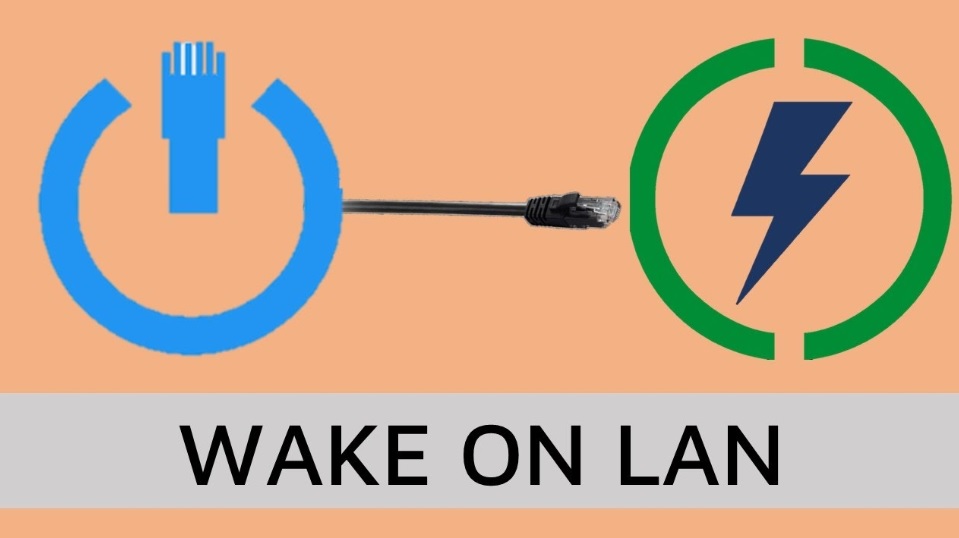
WoL (Wake-on-LAN) is actually an underused and underappreciated function of the Windows 10 OS.
If you are like many laid-back Windows 10 users, the term “Wake-on-LAN” is most likely sending you to sleep. All things considered, Local Area Network connections are usually things only tech support and gamers need to bother about, right?
In past times, that might happen to be true. But, today, setting up Windows’ Wake-on-LAN feature gives more than might meet the requirements.
So, what’s Wake-on-LAN?
How can certainly it be helpful to average users?
And even more importantly, how can you handle the installation? Although we are going to explain its benefits for average users, ITT Systems has nicely reviewed some of the best tools and software for WoL for your Servers or PC.
What Is Wake-on-LAN?
Wake-on-LAN (WoL) is, in other words, an industry standard protocol for starting PCs with a surprisingly low power mode from another location.
The meaning of “low power mode” is a little bit different, but we can have it to signify when your PC is “off” and has permission to access a power source. The particular standard protocol also enables an additional Wake-on-Wireless-LAN capability at the same time.
This is actually useful if you are planning to access your PC from another location for some reason: it helps you to gain access to your programs and files, and keep your computer in a low-power level to avoid wasting electricity (and indeed, money).
If you use a program such as TeamViewer or VNC and keep a game server or file server program accessible, you need to have the option enabled for your convenience.
Why Is WoL Useful in Windows 10?
So, you’ve now learned exactly what WoL is and the way it works. But the questions are, how is it useful for an average user of windows 10? Why should a user care about the technologies? You will get the answers below:
1. You can easily turn on Your PC from Anywhere
It is actually challenging to amplify a peace-of-mind you get from being able to switch on your personal computer from anywhere. You won’t be without your important file or essential document again.
In order to use the desktop computer from another location, you’ll need a remote PC application that works with Wake-On-LAN. Chrome Remote Desktop doesn’t do it, but TeamViewer does.
Make sure that your computer uses WoL to wake itself up from a powered off condition; its BIOS should assist Wakeup-on-PME (Power Management Event).
2. Wire Cutters
Have you ever had a wire cutting rage?
If that’s the case, you might have started using a number of services and apps to operate something wirelessly.
Most of these, for example, the Kodi home theater app, NVIDIA Shield set-top box, and smart TVs can send Wake-on-LAN requests.
For instance, if you are using an old notebook for the Plex server and your locally-saved TV shows and movies, you can easily wake your system up on-demand whenever you want to watch your saved contents, rather than leave it working twenty-four hours a day.
3. The Magic Packet
Wake-on-LAN-enabled PCs basically wait for a “magic packet” to be accessible that has the network card’s MAC address in it.
As your PC is actively waiting for a magic packet, some electrical power is serving the network card which may result in the computer’s battery draining faster. Therefore, street players must take proper care to turn this off when they need to eke out some extra power.

